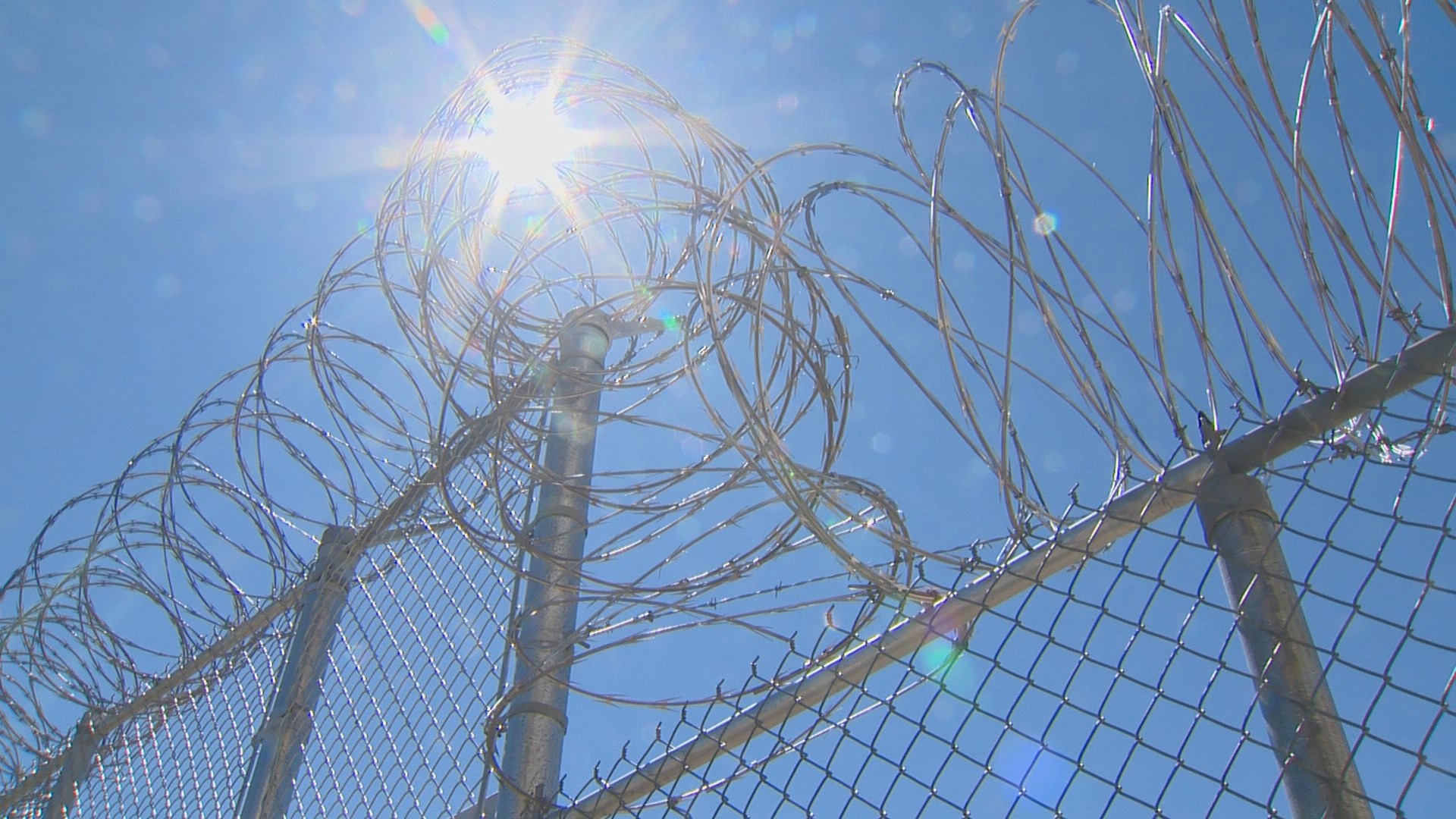BOISE -- Some know it as solitary confinement, and some call it "The Hole." Both long-term administrative and short-term disciplinary segregation are forms of isolation that are proven to be ineffective.
"No one is coming out of this with a light bulb moment going, you know what, I'm not going to do that again," Idaho Department of Correction Director Kevin Kemp said.
The department says they are putting public safety first. With 97 percent of inmates in Idaho's prisons getting out and re-joining the community, the Idaho Department of Correction (IDOC) is in the business of changing those prisoners' behavior.
There are many overhauls under way within IDOC, with one of the main reforms apparent inside the Idaho Maximum Security Institution (ISMI).
Inmates in solitary confinement at ISMI are what the department calls Idaho's "worst of the worst." They are locked away in their cell 23 hours a day; it can be for a few months or a few years depending on what got them here and their behavior.
But Director Kempf says it is the department's responsibility to do better than this, because research shows this isn't changing most inmates' actions.
In and out of prison for the last 16 years, William Dougherty spent too many years in what's called administrative segregation. He sat in a 9-by-12-foot cell for 23 hours a day, seeing sunlight for an hour through a cage.
"[It took] coming to the grips of wanting to change, wanting to have a better life for myself, my wife and son," Dougherty said. "There's not many guys in my time in ad-seg that I would say it did what they wanted it to. If anything, it just bred a negative environment."
An environment that makes it extremely difficult to change for the better, as you look for acceptance and value from the guy in the cell next to you by acting out.
William Wallace, another inmate who turned his life around in administrative segregation, has been out of isolation for six years.
"I had a change of heart," Wallace told KTVB. "It was a very awesome experience for me to come to a place where I didn't know where to go, I didn't know what to do."
But IDOC staff knows Dougherty and Wallace are statistical rarities.
"Solitary confinement does certain things to people psychologically that it may be very difficult for them to recover from," Wallace said.
Kempf says keeping inmates in those cells doesn't help them transition into society and it doesn't keep them from committing another crime when they're out.
"Today, many inmates behind us are in here because they broke some rule," Kempf said.
His goal by September 2017: no longer keeping inmates in short-term, disciplinary segregation for breaking a prison rule.
"You've got to treat people like human beings," Kempf explained. "We've got to find other ways to hold them accountable other than putting them in a segregation cell."
Through progressive reforms, there will be more tables and inmates out in each cell block interacting and doing things that are productive such as engaging in activities and educational programs.
Kempf says there will still be dangerous inmates who cause a threat to others locked up in segregation.
Currently, ISMI staff is transitioning men that were well-behaved in long-term segregation back into the prison's general population through "step down" levels.
"Based off of their behavior they can step down to get more luxuries, more freedoms."
Incentives and positive reinforcement from staff encourage inmates to work hard at getting out of ad-seg, and eventually getting out of prison.
"Do I want society to give me another chance? Yeah," Dougherty told KTVB.
The first of the restrictive housing reforms happened back in September 2015 when IDOC got rid of what they call "dry cells." Those were rooms with nothing but a grate in the floor for inmates to go to the bathroom.
Today at ISMI, Kempf says there are 100 less segregation beds than when they first started doing isolation.


